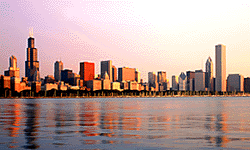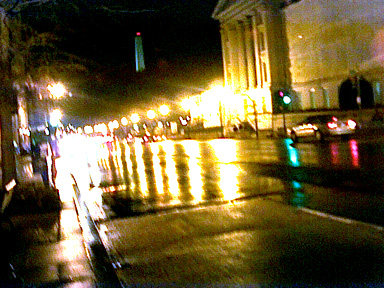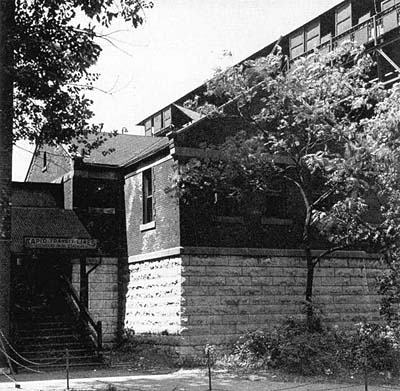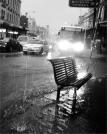
Stuart Dybek's Chicago

Memories
A mystical mood is attached to the city scenes that are found through out this book. Although seen as a ghetto to the city, Dybek portrays the Douglas Park area with a gleaming mystical beauty that the residents of this neighborhood would see and remember. Through such stories as Lights and Bottle Caps Dybek looks towards childhood memories to give the reader a sense of what his Chicago was.
The story Farwell opens with, “Tonight, a steady drizzle, streetlights smoldering in fog like funnels of light collecting rain” [15]. This opening line in Stuart Dybek's The Coast of Chicago describes the streets of Chicago as a quiet yet familiar place were the orange glow from the streetlights adds warmth to the cold fog and steady drizzle- which, although damp, has an element of freshness to it. The scene set here is one of a mystical mood- where the night lights shimmer in the light rain and one walks, lost in their thoughts and memories.
This mystical mood attached to city scenes is found through out this book. In Blight the narrator and his friends would “stand at the shadowy mouth of the viaduct, peering at the greenish gleam of light at the other end of the tunnel. The green was the grass and trees of Douglas Park” [16]. Blight is the nickname of the neighborhood area of Douglas Park because of the industry mixed with poor residential housing creates a ghetto. Although seen as a disease to Mayor Richard J. Daley and the city of Chicago, Douglas Park has the gleaming mystical beauty to the narrator and his friends who, as residents of this neighborhood, would see and remember. To further this point of seeing beauty versus blight, the narrator of Blight tells that when he rides home on the “El” he looks “down at the tarpapered roofs, back porches, alleys, and backyards crammed between factories and try to imagine how it would look to someone seeing it for the first time” [17]. The imagery used here to describe Douglas Park is not appealing. Housing cramped between factories, and alleys which call to mind dark path ways filled with garbage cans, is not beautiful and most likely unappealing to a new comer. However, this narrator has already shown through his memories that he sees the beauty in this gritty neighborhood he grew up in because of the memories that the neighborhood hold for him.
The final story Pet Milk is a perfect ending to this collection of mystical memories of street scenes of Chicago. The narrator in this story is in his early twenties and is traveling with his girlfriend to her house in Evanston on the “El”. The narrator takes a moment to look out the window as the train speeds past neighborhoods filled with roof tops of working class houses and apartment buildings, businesses on busy streets, and a boy who reminds the narrator of himself at the age of sixteen living in the city watching people speed by [18]. This imagery creates a mood of the city as a memory and an insistent presence in the narrator. He remembers what it is like being a young man growing up surrounded by the speed of change and how memories are what change can not touch.

rainy city night

Douglas Park El station

rainy city bench